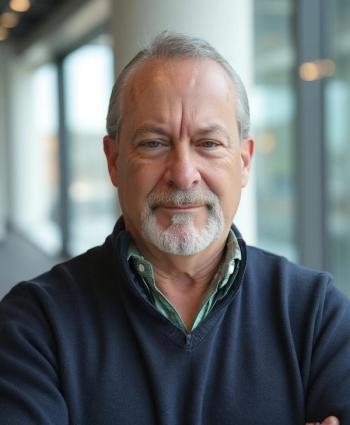
Digital solutions to bridge staffing gaps for medical providers
Powering through with temporary help and overtime is unsustainable and costly. Instead, use innovative technology to save money and improve service for patients.
Since the COVID-19 pandemic started, staffing shortages have impacted nearly every corner of health care, from contact centers to operating rooms and front desks to back offices. The scarcity of health care providers is much more than a minor inconvenience – it has evolved into an ongoing crisis that leads to a lack of productivity, worsens morale among staff, and makes it difficult to meet patient demand. In fact, the Medical Group Management Association published a recent
Many medical practices have attempted to power through the staffing crisis with short-staffed clinics, temporary labor, and employees working overtime. As executives, we don’t have a magic wand to fill the empty chairs, but we can guide our staff through this crisis. Ultimately, following unsustainable practices to address understaffing creates higher financial costs and consumes staff’s already limited time.
Medical practices must adopt innovative strategies that are efficient and optimize their available resources. Despite the challenges posed by staffing shortages, health care professionals can overcome these obstacles by implementing lean processes and thoughtful technology that enable them to achieve more with fewer resources.
Here are digital solutions and automated workflows that can help medical professionals adapt to and overcome the ongoing staffing shortage.
Digital solutions and automated workflows
All medical practices should be leveraging telephony interactive voice response (IVR), artificial intelligence (AI) automated systems, self-scheduling, and provider portals to increase efficiency for every task involving a patient. This technology improves health care system workflows by simplifying many of the time-consuming and labor-intensive processes that make it difficult for providers and staff to spend important time with patients.
Some of the solutions making a difference include:
Telephony IVR is an automated telephone system that combines pre-recorded messages or text-to-speech technology paired with a dual-tone interface to automatically schedule patients, pay bills, or route callers without the assistance of staff. These systems improve the overall flow of calls and route callers to the right representative for the help they need – and in many instances, resolve the call without the need for staff.
Automated patient portal responses using AI can be used to streamline basic patient communications which reduces the administrative burden of patient portal messaging. The time saved from automating these tasks can then be used to treat and see patients.
Referral management systems, provider portals, and provider finder tools streamline patient intake and increase referral turnaround time. Automating the referral process allows staff to spend less time on the phone and can eliminate most manual work such as entering and recording a patient’s information. In addition to that, referral management systems automate and simplify the process of connecting patients with the most suitable specialists that meet their needs.
Lastly, self-scheduling, self-bill-pay and other self-service tools give medical providers the ability to increase patient engagement and reduce the administrative hours required per appointment. Providing patients with the ability to fulfill these tasks themselves is more convenient and empowers patients to take control of their health.
Technological advancements are key to overcoming staffing challenges
By putting a series of automated systems into place, health care professionals can shift their focus to their patients rather than spending time on administrative tasks. What’s more, health care practices can save money with automated systems because they no longer need to hire additional staff members to follow through with storing and updating patient data.
Despite the challenges faced by the medical industry in recent years due to staffing shortages, I am confident that with the passage of time and the continued advancements in technology, we will not only be able to adapt and overcome these difficulties but also strive towards meaningful improvements, regardless of the staffing realities of the future. By implementing systems that take the excessive data entry and collection out of our days, we can prioritize what matters most, which is providing our patients with high-quality care.
Steve McMillen, MHA, is a principal at
Newsletter
Stay informed and empowered with Medical Economics enewsletter, delivering expert insights, financial strategies, practice management tips and technology trends — tailored for today’s physicians.


















